 September 2017
Science searches for cosmic company
September 2017
Science searches for cosmic company
... life. This was merely confirmation of a widespread belief. Seven Earth-sized planets have been observed by NASA’s Spitzer Space Telescope around a tiny ultra-cool dwarf star called TRAPPIST-1. Three of these planets lie in the...
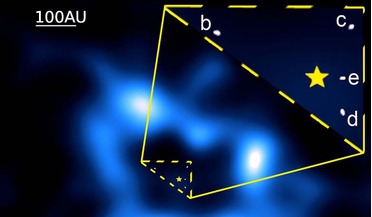 18 May 2016
Multi-planet system hints at extra planet in its cometary belt
18 May 2016
Multi-planet system hints at extra planet in its cometary belt
... approximately 30% and 10% respectively). Models constructed of the discs geometry made from previous observations taken with the Spitzer Space Telescope imply that the disc consists of an inner asteroid belt analogue, a planetesimal belt between 100...
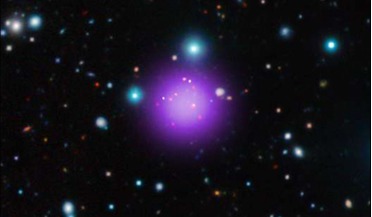 31 August 2016
Record-breaking galaxy cluster discovered
31 August 2016
Record-breaking galaxy cluster discovered
... from a large group of observatories in space and on the ground including Chandra, NASA's Hubble Space Telescope and Spitzer Space Telescope, ESA's XMM-Newton and Herschel Space Observatory, the NSF's Karl G. Jansky Very Large...
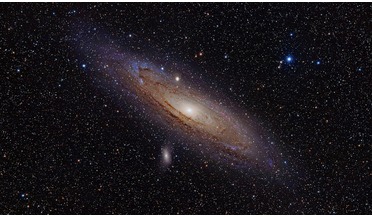 16 February 2018
New study shows Andromeda is not that big after all
16 February 2018
New study shows Andromeda is not that big after all
... approximately 220,000 light years and is the largest galaxy in our Local Group. After observations by the Spitzer Space Telescope in 2006, Andromeda was thought to be two to three times the size of the Milky Way with...
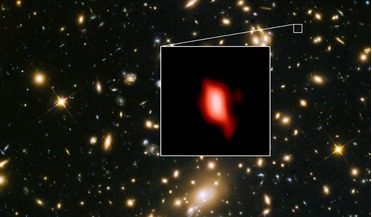 16 May 2018
Astronomers find stars forming just 250 million years after Big Bang
16 May 2018
Astronomers find stars forming just 250 million years after Big Bang
... earlier history of MACS1149-JD1 using infrared data taken with the Hubble Space telescope and NASA's Spitzer Space Telescope. After modelling the data, Hashimoto and colleagues found that the observed brightness of the...
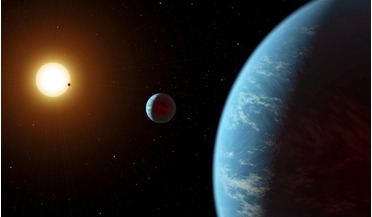 19 October 2020
Astronomers identify a true water-world that could have an ocean over 100 kms deep
19 October 2020
Astronomers identify a true water-world that could have an ocean over 100 kms deep
... Accuracy Radial velocity Planet Searcher) - an instrument dedicated to the discovery of extrasolar planets and the now retired Spitzer Space telescope, discovered LHS 1140; a cool dwarf star with a surface temperature around 2400-3700 Kelvin...